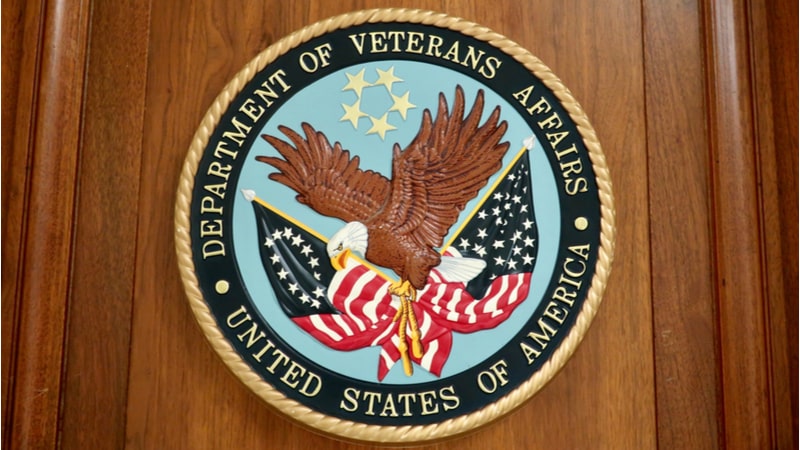
As the Department of Veterans Affairs (VA) engages in a whole-of-agency approach to curb veteran suicide rates that have hovered near or above 6,000 per year for the past two decades, a new government watchdog report finds that technology is proving its value in that effort.
According to a September 14 report from the Government Accountability Office (GAO), the Veterans Health Administration (VHA) began using a predictive model that, since 2017, has allowed the agency to identify veterans who are potentially at an increased risk of suicide and provide them enhanced medical care.
The Recovery Engagement and Coordination for Health-Veterans Enhanced Treatment (REACH VET) effort analyzes veterans’ health records each month. The model uses 61 variables to identify those at the greatest statistical risk for suicide, the report says.
The VA has established veteran suicide prevention as its highest clinical priority, because veterans suffer a disproportionately higher rate of suicide compared to non-veterans. The GAO found that the REACH VET model helped in reducing the number of documented suicide attempts, and identified veterans not flagged by other screening programs.
“Upon identification, clinicians are expected to evaluate each identified veteran’s risk for suicide, determine appropriate treatment approaches, and contact the veteran to discuss options for care,” the report says.
The predictive model identifies veterans based off variables like demographics, prior suicide attempts, diagnoses, recent emergency visits, and medications.
GAO also determined there are other associated benefits to REACH VET – such as increased completion of outpatient appointments.
“While VHA’s studies provide evidence that the REACH VET program can identify veterans at high risk for suicide, VHA has acknowledged the need for, and told GAO they plan to conduct, further studies,” the report says. “Officials stated that future studies would evaluate how to increase the impact of REACH VET by targeting outreach to veterans who show signs of disengagement from VHA health care.”
